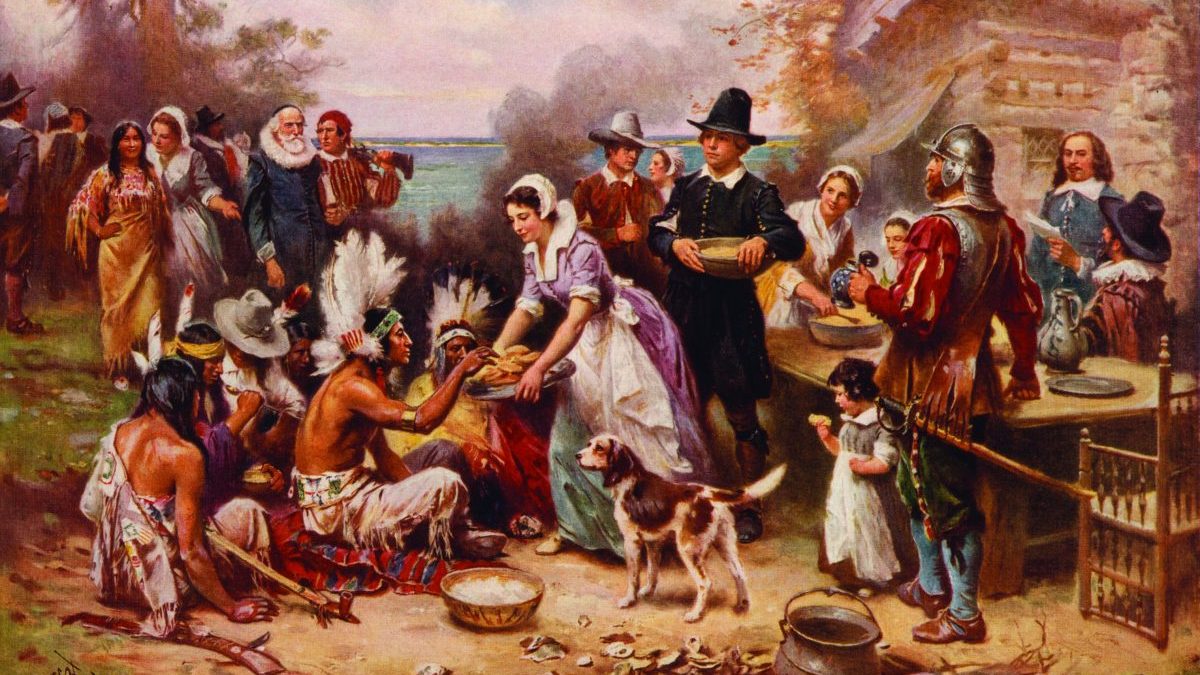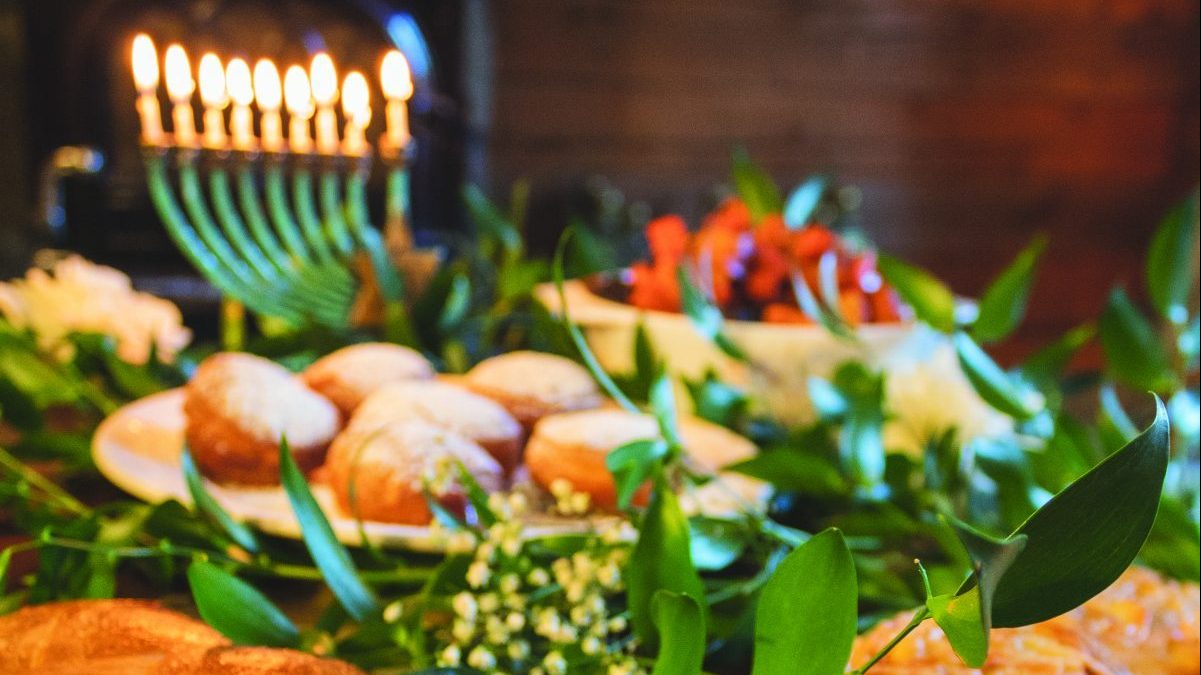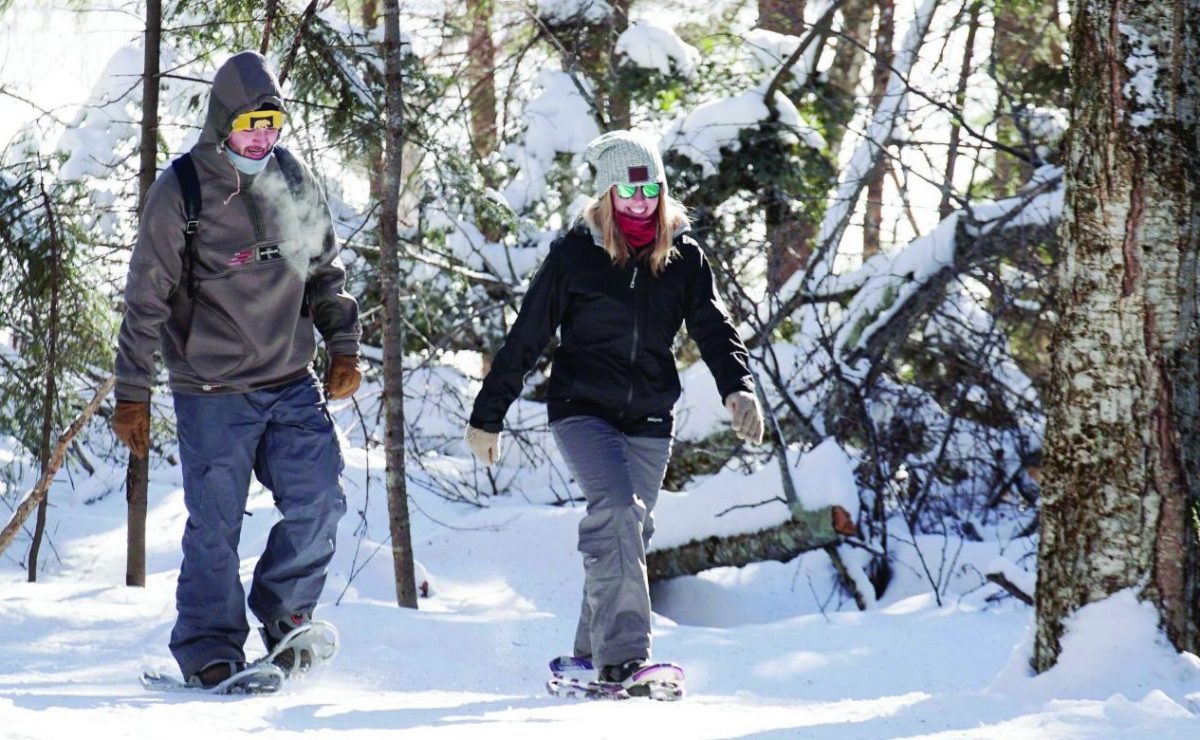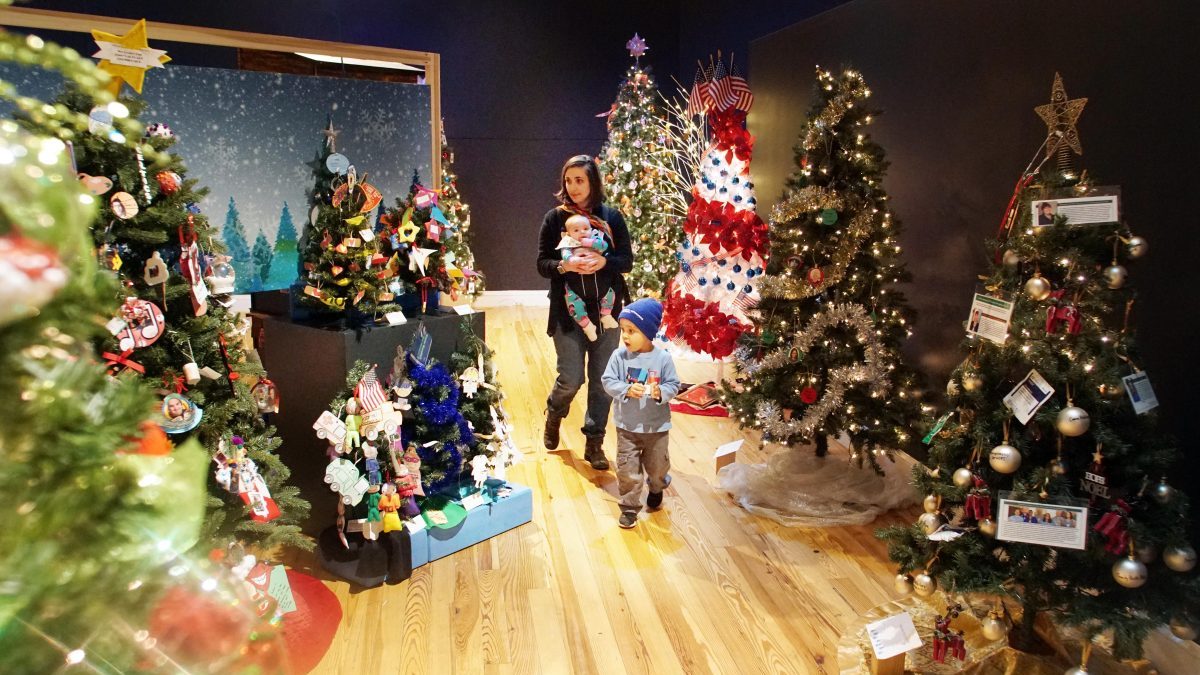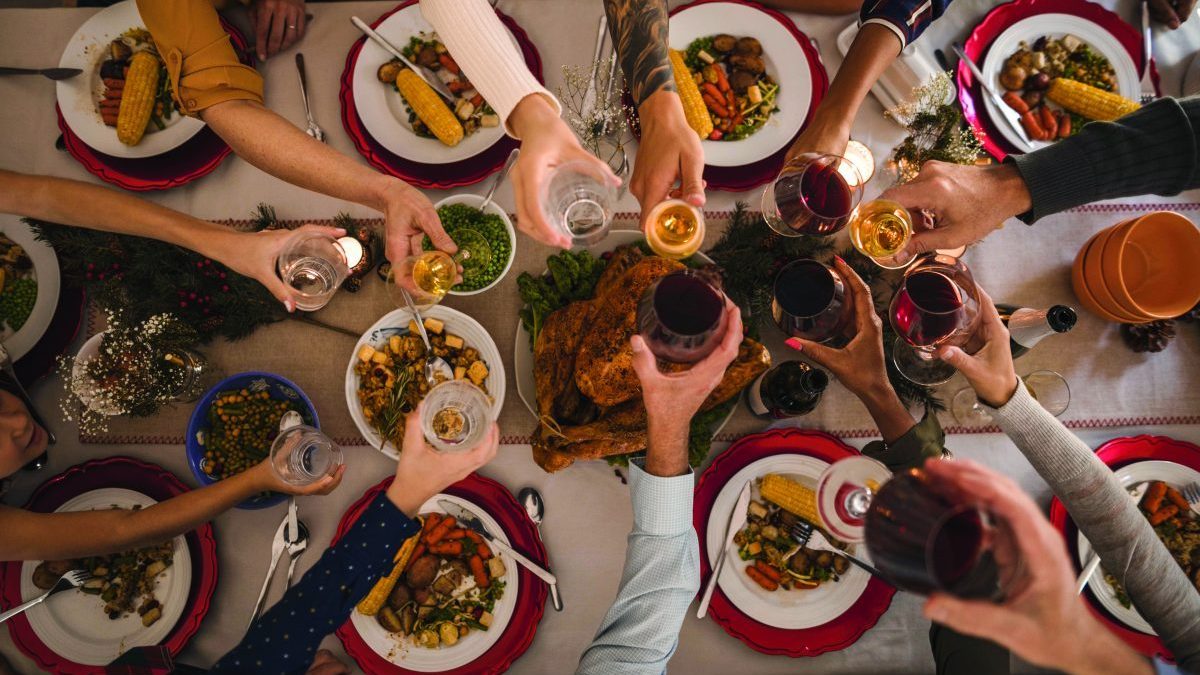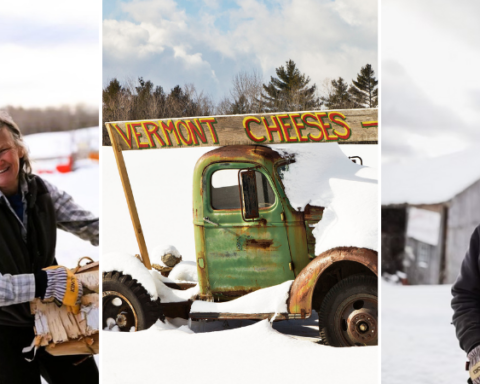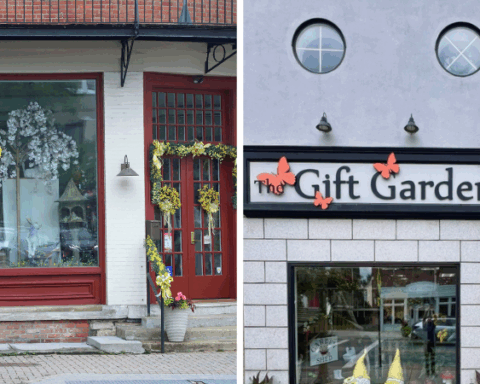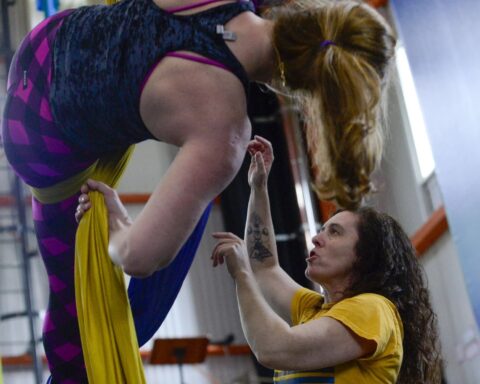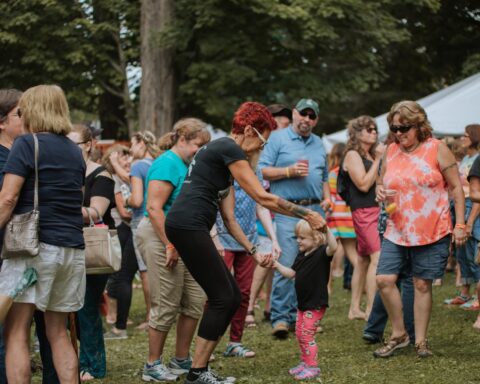400 years later, Mayflower descendants are still among us

By John Seven
PITTSFIELD, Mass.
When Margaret Rotti’s children finally were all in college, the Pittsfield resident found some time for herself and decided to spend part of it researching her ancestry on her mother’s side. She didn’t know what to expect, but her efforts eventually led all the way back to the Mayflower.
“I wasn’t really on the hunt for the Pilgrims, even at that time,” Rotti said. “But, when I did get to the Pilgrims, there are 12 generations between me and the immigrant ancestor.”
The New England Historic Genealogical Society estimates that 10 million Americans are direct descendants of Mayflower passengers. Only 37 of those passengers have descendants, and Rotti is one of them.
Rotti traced her line all the way back to William and Susanna White. William died during the first winter, but Susanna survived with her two children, newborn Peregrine, who was born on the Mayflower while anchored in Cape Cod Bay, and older brother Resolved, from who Rotti’s lineage moves forward. (Their half-brother, Josiah Winslow, from Susanna’s marriage to Edward Winslow, was governor of the Plymouth Colony from 1673 to 1680. He also was the first native-born governor of an American colony.)
But, at the beginning of the process, Rotti didn’t have a clue about any of that.
“My mother, who’d since passed away, had always mentioned that as far back as she could know about her father’s family, they’d always lived in Williamstown as long as there was a Williamstown,” Rotti said. “But, she never had anything written because the Town Hall, with the records in it, had burned.”
Rotti started her research at the Silvio O. Conte National Records Center, which has since closed and transferred its records to the Berkshire Athenaeum. She began tracing her family tree, starting with the Chamberlains, her mother’s family from Williamstown. She traced them back to 1799; getting as far back as the first census taken in the American colonies. Then, she hit a wall. From there, she was directed to the athenaeum as the likely source for the information she was hunting.
“The collections in that local history department, I have to say, are second only to the New England Historical and Genealogical Society library in Boston,” Rotti said. “I’ve been to Hartford, Conn. I’ve been to Worcester; I’ve been to Providence, R.I. I’ve been up to Montpelier, Vt. I’ve been all around looking at records. And that’s the best collection.”
STARTING YOUR OWN SEARCH

Ann-Marie Harris, acting supervisor of the Local History and Melville Collections at the athenaeum, says she doesn’t see a lot of people seeking out their Mayflower heritage — the most popular request is for Ellis Island information. But, that could change, as 2020 marks the 400th anniversary of the Mayflower’s journey and arrival in Plymouth — a commemoration being marked in Massachusetts, by Plymouth 400 in partnership with the Wampanoag Nation, and abroad by Mayflower 400 in the United Kingdom and Mayflower 400 in Leiden, Holland.
Regardless of what heritage you are seeking out, Rotti and Harris stress that the best path to uncovering your genealogy is to start with yourself and work your way back.
“If you start with Pilgrims and work forward, you’re going to get lost somewhere, you’re not going to even know that you’re alive,” Harris said.
Before embarking on any research, she suggests compiling lists of information that you already know through family lore, or even hearsay, and use that as your guide. If you get as far back as the Pilgrims, she said, there are plenty of resources to help you on your way.
Prime among these are databases that can be accessed on-site through the athenaeum. Thanks to its subscription to the New England Historical and Genealogical Society, researchers can access its American Ancestors database, as well as the Great Migration databases that trace immigration to New England in the 17th century, as well as several others.
And there is plenty of printed matter available through the athenaeum that you can’t find online, like “The Pilgrim Descendant,” a collection of volumes focusing on Mayflower genealogy that began publication in 1899 and recently has been reborn through the New England Historic Genealogical Society, in conjunction with the Massachusetts Society of Mayflower Descendants.
Other publications recommended by Harris are James Savage’s “A Genealogical Dictionary Of The First Settlers Of New England, Showing Three Generations Of Those Who Came Before May 1692,” as well as the reference book “Mayflower Families Through Five Generations, Descendants of the Pilgrims Who Landed at Plymouth Massachusetts,” and the recently-released “The Mayflower 500: Five Hundred Notable Descendants of the Founding Families of the Mayflower” by Gary Boyd Roberts.
Harris also points to MayflowerHistory.com and CyndisList.com as helpful online resources for your search.
Another local resource is the Berkshire Family History Association, of which Rotti is secretary. It offers records from not only Massachusetts, but also from New York, Vermont and Connecticut and, with membership, offers help in your research.
When researching your family history, Rotti recommends having patience and the understanding that the information you’re searching for can come from unexpected places. Her own search for Susanna White’s maiden name — it was needed to trace further back than the Mayflower — had been ongoing for 25 years. But, it wasn’t until a recent article in American Genealogist on the 400th anniversary of the Mayflower’s landing, she said, that she found her answer.
“It was a researcher from England who had found out what her maiden name was,” Rotti said. “I’ve been searching everything I could on this side, and never found it.”
GENEALOGICAL SOCIETIES
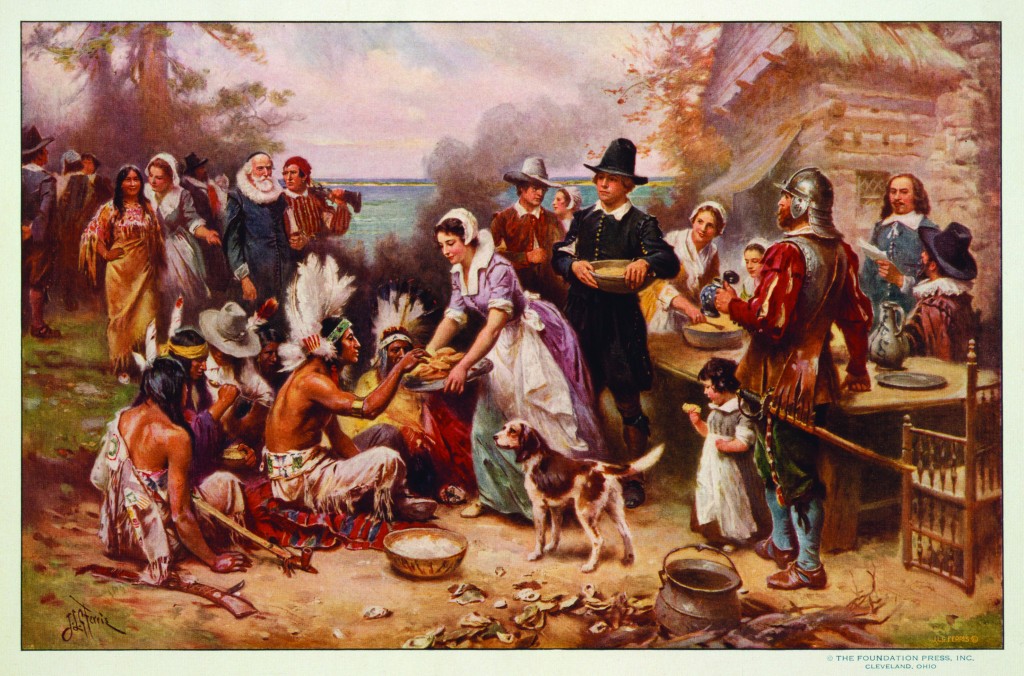
Often, a goal of those who trace their lineage back to the Mayflower is to join The Mayflower Society. Rotti said she had the required proof to join the Daughters of the American Revolution but is still putting together information to join The Mayflower Society.
“Their proof requirements are even more stringent than the Daughters of the Revolution’s were,” Rotti said. “It’s documentary proof; they don’t want secondhand information.”
Harris cautions those who have this goal keep track of citations for every bit of information found, focusing on firsthand sources for that information.
“We get people that come in and say, ‘We used the blue book that had silver writing on it,’ ” she said. “You have to really make sure you write what source you got things from, especially if you’re going to apply for any kind of membership like The Mayflower Society, because they’re not going to take ‘blue book with silver writing on it.’ ”
But, is joining The Mayflower Society worth the work? Many believe it is.
Beyond the prestige of joining a genealogical society, there’s the knowledge and the satisfaction of tracking your ancestry back to the Mayflower that makes it all worthwhile. Plus, the search doesn’t have to end with the Mayflower. There is plenty more to engage anyone who loves the work involved.
“There are all these different avenues that you can pursue,” Rotti said. “Once you get into it, it’s amazing how far you have to go afield to find some of these little tidbits of information.”
John Seven is a writer living in North Adams, and author of many children’s books including “A Rule Is To Break: A Child’s Guide To Anarchy.”
